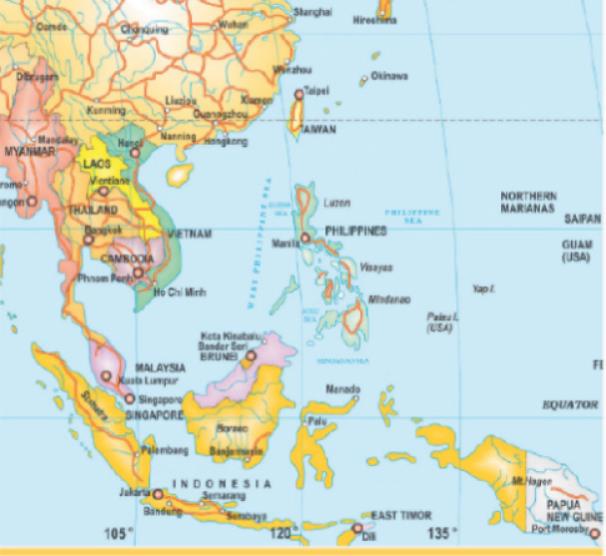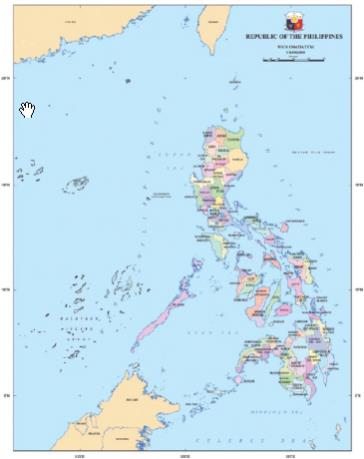As of December 27, 2019, the Philippine Stock Exchange composite index closed at 7,815.26 compared to a close of 7,466.02 on December 29, 2018, 8,558.4 on December 29, 2017, 6,840.6 on December 30, 2016 and 6,952.1 on December 29, 2015. As of January 10, 2020, the Philippine Stock Exchange composite index closed at 7,776.77.
In 2019, the average Philippine Stock Exchange composite index was 7,908.89, compared to the average index level of 7,744.97 in 2018, 7,850.50 in 2017, 7,284.49 in 2016 and 7,432.61 in 2015.
In addition to the Philippine Stock Exchange, the Philippine Dealing and Exchange Corporation (“PDEX”), which deals mainly with trading of foreign exchange and fixed-income securities, was granted self-regulatory organization status by the Philippine SEC in 2006. The PDEX registered a trading volume of ₱5.30 trillion of both government and corporate securities in 2019, a significant increase from the ₱1.97 trillion registered in 2018.
In May 2013, plans of a merger between the Philippine Stock Exchange and Philippine Dealing System Holding Corporation (PDS), the holding company that owns the PDEX, were announced. The aim of the merger was to create a consolidated equity and bond trading platform. In a Memorandum dated March 28, 2016, the SEC denied the proposed transaction. The PSE received an offer from state-owned bank, Land Bank of the Philippines to acquire its shares in PDS sometime in April 2018. As of the end of 2019, no merger or acquisition has materialized.
Government Securities Market
The Bureau of the Treasury currently conducts weekly public offerings of treasury bills with maturities of 91 days, 182 days and 364 days, as well as treasury bonds with maturities ranging from two years to 28.5 years.
As of December 31, 2014, outstanding Government securities amounted to ₱3.8 trillion, 53.8% of which were issuances of treasury bills and FXTBs. The remaining issuances of Government securities consisted of RTBs, progress bonds, foreign exchange promissory notes, zero coupon treasury bonds, multicurrency RTBs and Government-guaranteed debt, among others.
As of December 31, 2015, outstanding Government securities amounted to ₱3.9 trillion, 51.5% of which were issuances of treasury bills and FXTBs. The remaining issuances of Government securities consisted of RTBs, progress bonds, foreign exchange promissory notes, zero coupon treasury bonds, multicurrency RTBs and Government-guaranteed debt, among others.
As of December 31, 2016, outstanding Government securities amounted to ₱3.9 trillion, 54.0% of which were issuances of treasury bills and FXTBs. The remaining issuances of Government securities consisted of RTBs, progress bonds, foreign exchange promissory notes and Government-guaranteed debt, among others.
As of December 31, 2017, outstanding Government securities amounted to ₱4.4 trillion, 50.2% of which were issuances of treasury bills and FXTBs. The remaining issuances of Government securities consisted of RTBs, progress bonds, foreign exchange promissory notes and Government-guaranteed debt, among others.
As of December 31, 2018, outstanding Government securities amounted to ₱4.8 trillion, 51.2% of which were issuances of treasury bills and FXTBs. The remaining issuances of Government securities consisted of RTBs, progress bonds, foreign exchange promissory notes and Government-guaranteed debt, among others.
As of November 30, 2019, outstanding Government securities amounted to ₱5.1 trillion, 49.9% of which were issuances of treasury bills and FXTBs. The remaining issuances of Government securities consisted of RTBs, progress bonds, foreign exchange promissory notes and Government-guaranteed debt, among others.
D-100

